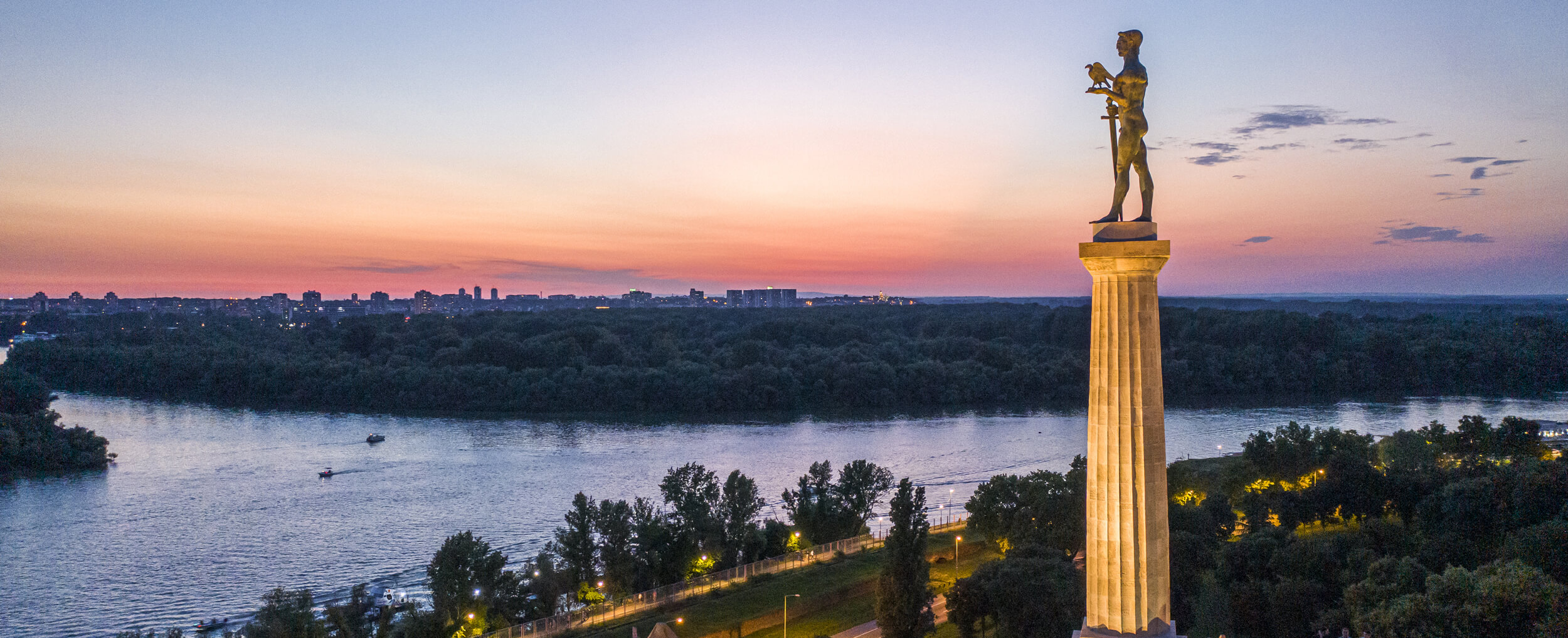BELGRADE FORTRESS IN THE NEW AGE
At the beginning of the 19th century, after the assassination of the commander of Belgrade, Hadji Mustafa Pasha, the Janissaries established their rule in the city and the surrounding villages. The Janissary reign of terror and the events surrounding the slaughter of prominent nobles led to the awakening of a national consciousness and the First Serbian Uprising in 1804, led by Karadjordje Petrović. At the end of 1806, the insurgents conquered the town, and, at the beginning of 1807, the fortress. After the collapse of the uprising in 1813, the Turks ruled the fortress again until their final departure from Belgrade. At Kalemegdan, the Turkish commander of Belgrade handed over the keys to the city to Prince Mihailo Obrenović on the 6th April 1867. The Turkish military guards were replaced by Serbian soldiers and, in addition to the Turkish flag, the Serbian flag was raised. After this period, the fortress lost its significance as a military stronghold.
In 1869, the first works on the landscaping of the city field – Kalemegdan Park– began. In March 1891, paths were cut and trees were planted. In 1903, the Small Staircase, leading towards Francuska Street, was built according to the designs of Jelisaveta Načić, the first female architect in Serbia, and in 1928, the Grand Staircase was designed by architect Aleksandar Krstic. During the First World War, all the old buildings inside the walls were demolished, while the walls of the fortress were significantly damaged. Between the two world wars, the park got its present appearance. The Sava promenade with the Grand Staircase leading to the King’s Gate and the newly erected ‘Victor’ monument was built. It was around this time, that the first archaeological excavations of the fortress began, which continue to this day. Since 1946, Belgrade Fortress and Kalemegdan have been placed under state protection.













